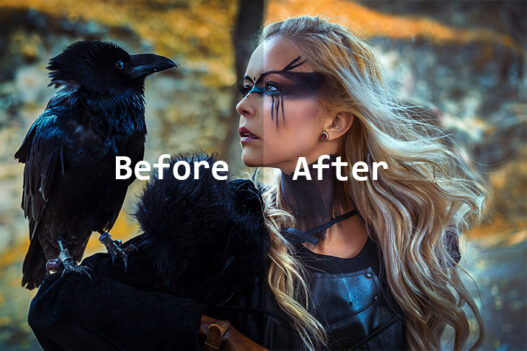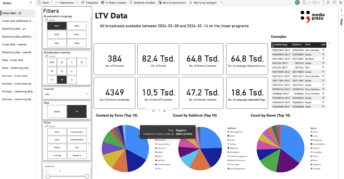Media Press is developing an exciting artificial intelligence solution for picture editors and publishers who need to process thousands of images, at speed and to the highest professional standards.
The prospect of a machine learning tech tool, working in the background to select and improve photos held in image archives in an entirely automated ‘human-free’ way, may sound like wishful thinking even in these days of innovation.
The Media Press AI algorithm is ahead of its time, because it studies how picture editors manually tidy up images – noting how employees use their judgment to choose the best available colour, tonal, lighting and contrast options for each photo.
The AI algorithm then takes over the job from the editorial team, to identify every similar type of image held in the library and to apply the same parameters to each in turn.
How it works:
1. Photo analysis
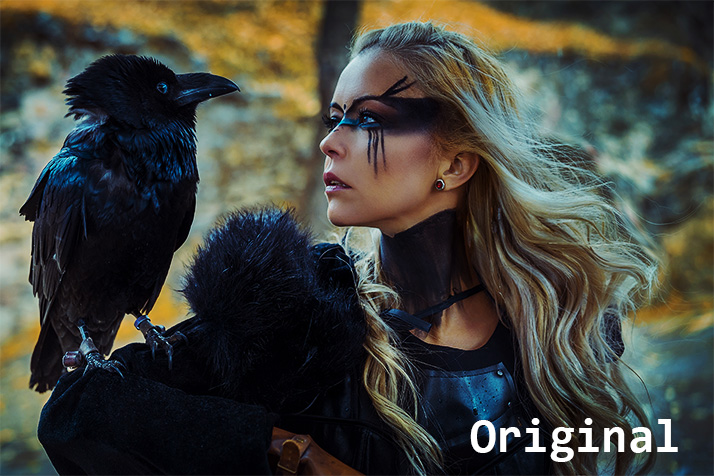

2. Profile selection
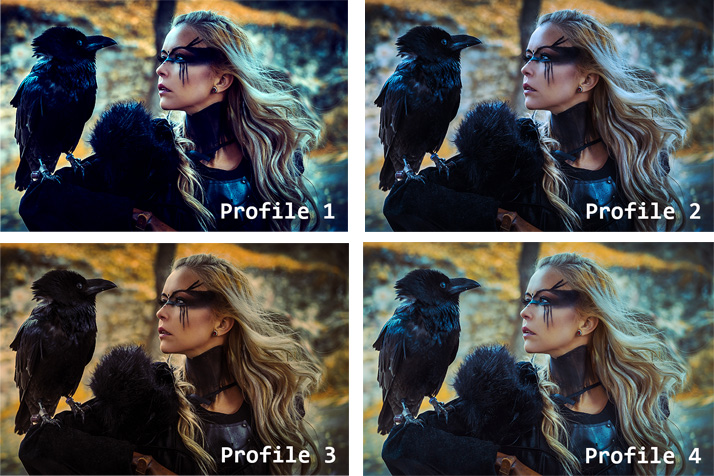

3. Adjustment of parameters: brightness/contrast, levels, curves, exposure, vibrance, hue/saturation, color balance, etc.
4. Automated selection of the best option
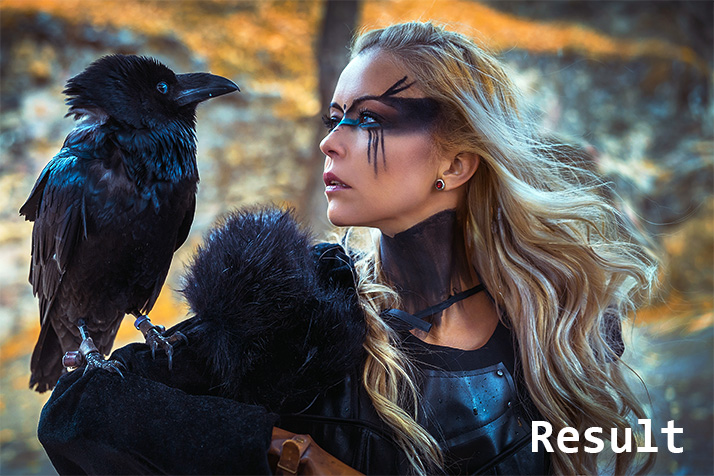

We are all familiar with the way in which apps built into smartphones offer the user the option of selecting a range of filters to improve a picture’s colour tone, vibrancy, lighting effect, depth of shadow, brilliance and vividness. Professional image editing tools such as Photoshop and Lightroom provide trained and skilled employees with a near-infinite choice of variations.
But it takes time for editors to work through a database, and even longer to locate all related images and to process them in the same way. Far better to let the algorithm monitor what one, two, three or four editors do to tidy up a particular image, whether it is a sports action shot, a head and shoulders profile, a landscape photo, movie still or family gathering, and learn from the trained staff member’s actions.
Is there a limit to the number of photos that can be edited automatically?
It’s hard to imagine that we would save each picture in multiple colour variations and then decide one by one which settings are optimal. With media companies holding a massive archive of photos, the task of adjusting the detailed parameters of each image would be a near impossibility.
But the Media Press algorithm is being empowered to log how we change the colour settings for action, profile and landscape images. The AI tool learns which photo profiles best suit a particular scene and can predict how an editor would have adjusted other parameters, had he or she been working on the image with a software editing program.
A simple automated system would not be up to the job, because an archive of photos contains such a varied collection of images.
Anything other than an advanced AI tool would apply a simple template of filter settings to any and all other images, resulting in a substandard service.
Something less than an AI solution would fail to locate similar images from different parts of a photo archive, leaving the job half-done.
Nothing less than an AI solution would be able to replicate the work of a professional picture editor, whose individual tastes and choices naturally differ from those of their colleagues. The Media Press AI algorithm learns from each editor, adding to its knowledge base.
Take the next step with us
The algorithm is at an advanced stage of development. To date, Media Press has processed about 100,000 photos with encouragingly good results, and it will soon be available as a Media Press service to be offered to our publishing customers and clients.
If you would like to know more about this exciting AI innovation, and to see for yourself how it works, please contact us today.
–
Photo by Fernando Cortes/Shutterstock.com

